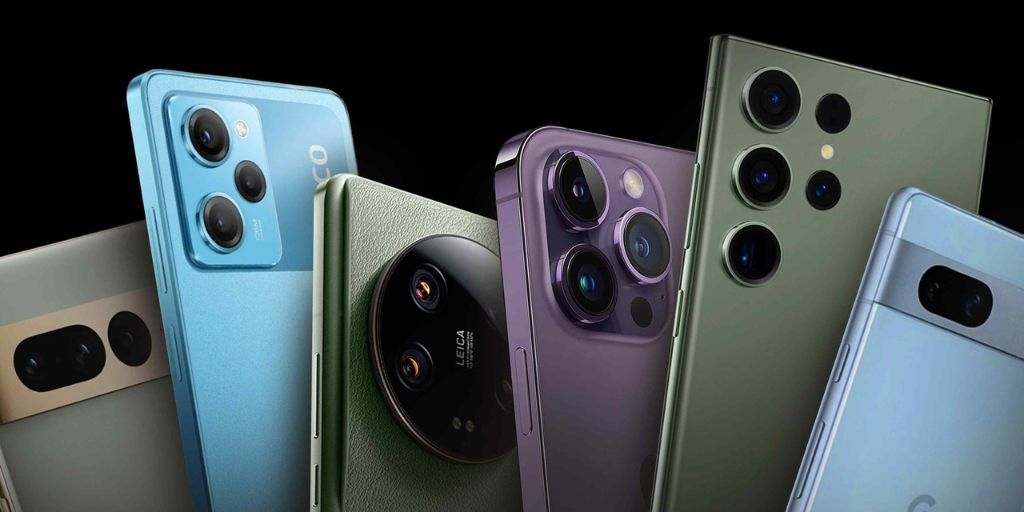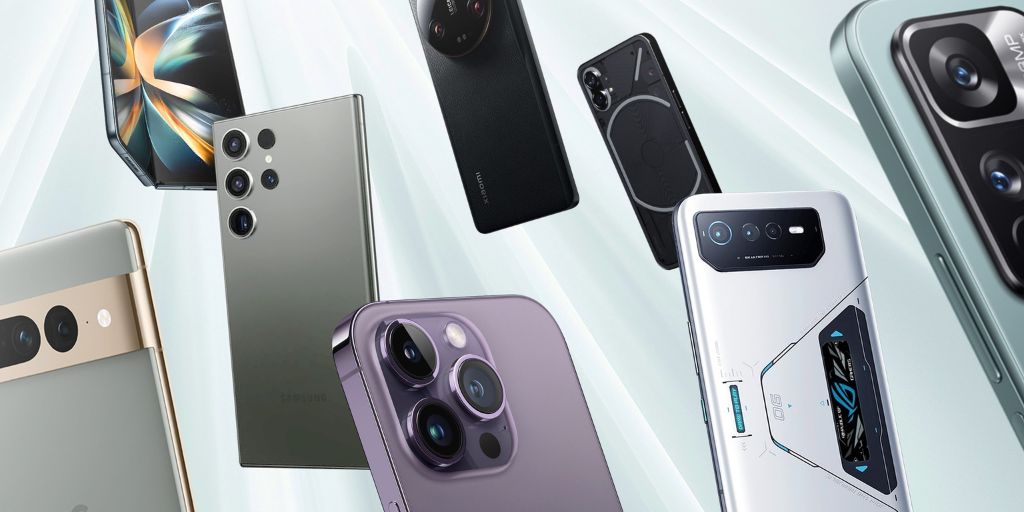In 2025, smartphone cameras have evolved from mere conveniences to powerful photography tools that rival—and sometimes surpass—dedicated cameras. As social media, vlogging, remote work, and content creation continue to shape how we use our devices, the demand for high-quality mobile photography has never been greater.
But with so many phones boasting “AI-powered,” “pro-grade,” and “flagship” cameras, it’s easy to get lost in the marketing jargon.
If you’re shopping for a new phone this year and photography matters to you, it helps to focus on the features that truly make a difference. From computational imaging to periscope zoom lenses, here are the top smartphone camera features to look for in 2025.
1. Advanced Computational Photography
The heart of modern smartphone photography isn’t just hardware—it’s software. In 2025, computational photography is the most transformative feature for both amateur and professional users.
Phones now combine multiple frames captured at different exposures, focal lengths, or moments in time to deliver sharper, more detailed, and better-lit images. Smart HDR, multi-frame noise reduction, and real-time scene recognition powered by AI dramatically improve dynamic range and color accuracy.
Expect devices like the Google Pixel 9 Pro or iPhone 16 Pro Max to deliver near-professional results in challenging conditions, thanks to highly optimized software pipelines. Look for phones that advertise features like “fusion imaging,” “AI HDR,” or “semantic segmentation” to get the most intelligent photos possible.
Why it matters: Great photos in low light, balanced highlights and shadows, and crisp details—without needing to adjust manual settings.
2. Periscope Telephoto Lenses
Zooming has traditionally been a weak spot for smartphone cameras due to the physical limitations of space. But periscope zoom lenses have changed the game. These systems use a sideways lens arrangement (thanks to mirrors or prisms) to enable much longer focal lengths—without adding bulk.
In 2025, many flagship models support optical zoom ranges up to 10x, with hybrid digital-boosted zooms reaching 100x or more. The Samsung Galaxy S25 Ultra, for instance, offers crystal-clear zoomed shots of distant subjects like wildlife, concerts, or architectural details.
When buying, prioritize optical zoom over digital, and check for optical image stabilization (OIS) to prevent shake in long-range photos.
Why it matters: Better image quality when zooming in, without grainy or blurry results.
3. Larger Sensors with Variable Aperture
A trend that began in professional cameras is finally maturing in smartphones: larger image sensors. In 2025, phones like the Xiaomi 15 Ultra and Sony Xperia 1 VII pack 1-inch or near 1-inch sensors, capturing significantly more light and detail than traditional smartphone sensors.
Paired with this is the rise of variable aperture systems—cameras that can automatically switch between different aperture sizes depending on the lighting and scene. This means better background blur (bokeh) in portraits and improved sharpness in bright daylight.
Look for phones that specify physical aperture values (e.g., f/1.4–f/4.0) and sensor sizes in fractions of an inch or in full-inch designations.
Why it matters: More natural-looking photos with true depth of field and better performance in both low-light and bright-light conditions.
4. Real-Time AI Object Tracking and Autofocus
Autofocus used to mean simply locking onto a face or tapping the screen. Now, in 2025, smartphones use real-time AI tracking to lock onto people, animals, or fast-moving objects—even as they shift in and out of frame.
This tech borrows from high-end mirrorless cameras and ensures that even dynamic scenes (kids running, pets playing, street scenes) stay in focus. Some devices also include eye-tracking autofocus, prioritizing eyes specifically for sharper portraits.
Samsung, Apple, and Sony all offer AI-enhanced tracking with predictive algorithms that anticipate subject movement. This is particularly useful for video shooting, where maintaining focus can make or break the result.
Why it matters: Sharper, more professional shots with accurate focus—even in motion-heavy scenes.
5. Pro-Level Video Controls and 8K Recording
Smartphone videography is entering its golden age. In 2025, flagship phones come with 8K video recording, cinematic frame rates (24fps, 30fps, 60fps), and professional video profiles like LOG, ProRes, or Dolby Vision HDR.
But resolution isn’t everything—manual control is becoming equally important. Phones now offer pro video modes with shutter speed, ISO, white balance, focus peaking, histogram readouts, and even external mic support via USB-C or Lightning ports.
If video is a priority for you—whether you’re filming reels, interviews, or full documentaries—these controls are essential. Phones like the iPhone 16 Pro and Sony Xperia PRO-I give videographers the toolkit they need right out of their pocket.

Why it matters: Professional-grade videos without needing a DSLR or mirrorless setup.
6. Multi-Directional Stabilization
Blurry photos and shaky videos have long plagued mobile photography, especially in low light or while moving. In 2025, the best smartphones offer multi-axis stabilization that combines optical image stabilization (OIS), electronic image stabilization (EIS), and gyro-based software correction.
Some models now feature gimbal-like stabilization, enabling smoother video even during fast motion or handheld tracking shots. Others offer horizon-locking modes that keep the frame perfectly level, even when you rotate the device.
Phones like the Vivo X100 Pro+ and OnePlus 13 Ultra are pushing the boundaries here, making handheld nighttime photography and dynamic video capture easier and more cinematic.
Why it matters: Smooth, stable content without needing extra hardware like tripods or gimbals.
Final Thoughts: What’s Worth Prioritizing?
In 2025, nearly every major smartphone brand is delivering impressive camera performance—but choosing the right one still depends on your specific needs.
Computational features and a good main sensor may be enough if you’re a casual photographer. If you shoot video, prioritize phones with manual controls and top-tier stabilization. For zoom lovers, opt for periscope lenses with OIS, and for low-light fans, don’t overlook sensor size and aperture flexibility.
Remember, real-world performance is more than just megapixel count. Look at camera software, reviews, and sample images/videos before making your purchase. With the right features, your smartphone in 2025 can be as powerful as a DSLR—and a whole lot more portable.




